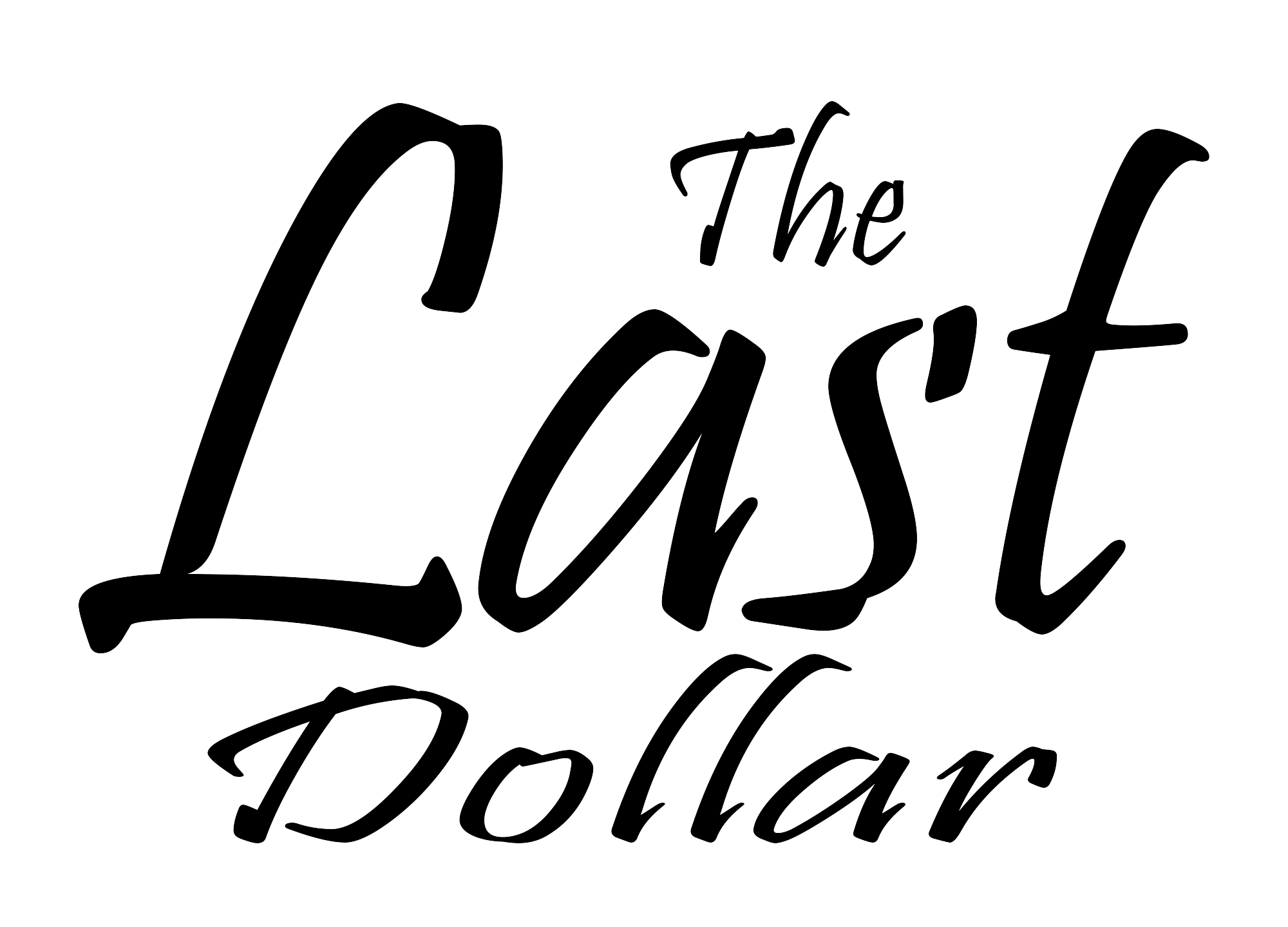When you take out a loan, whether it’s a personal loan, mortgage, or car loan, you agree to pay back the borrowed amount over a set period with interest. However, life doesn’t always go as planned, and sometimes you may find yourself struggling to keep up with your loan payments. If you fail to make your payments, you risk defaulting on the loan. But what exactly happens if you don’t pay your loan, and how does the loan default process work? In this blog, we’ll explore the loan default process, its consequences, and what you can do if you’re at risk of defaulting.
What is Loan Default?
Loan default occurs when you fail to make the required payments on your loan as outlined in the terms of your agreement. The timeline for default varies depending on the type of loan, but in general, most lenders consider a loan in default after 90 days of missed payments. The exact number of days can differ based on the terms of the loan contract.
For example:
- Mortgage Loans: Typically, a mortgage is considered in default after 90 days of missed payments.
- Car Loans: Car loans may be classified as in default after 60 days of non-payment.
- Student Loans: Federal student loans may go into default after 270 days of missed payments.
What Happens if You Default on a Loan?
Late Fees and Penalties
The first consequence of missing a loan payment is the imposition of late fees. Most lenders charge a fee for late payments, and the longer you wait, the higher these fees may become. These fees can add up quickly, making it even harder to catch up on your payments.
Damage to Your Credit Score
One of the most significant consequences of loan default is the negative impact on your credit score. Lenders report missed payments to credit bureaus, and the more payments you miss, the more damage you’ll do to your credit score. A poor credit score can make it harder to obtain future loans, and may even impact other areas of your life, such as renting a home or securing a job.
Collection Calls and Letters
Once your loan is in default, the lender will likely initiate collections. This means you may begin receiving calls and letters from collection agencies or the lender’s own collections department. These agencies will try to recover the money you owe, and the harassment can be stressful and persistent.
Repossession or Foreclosure
For loans secured by property, such as auto loans or mortgages, the lender may begin the process of repossession or foreclosure. This means that if you default on your car loan, the lender may repossess the vehicle. Similarly, if you default on a mortgage, the lender may initiate foreclosure proceedings, leading to the loss of your home.
Legal Action
If the lender or collection agency is unable to recover the money through other means, they may file a lawsuit against you. If the court rules in the lender’s favor, they could obtain a judgment allowing them to garnish your wages or seize assets to cover the debt.
Impact on Future Borrowing
Defaulting on a loan can make it difficult to borrow money in the future. Lenders will view you as a higher risk and may be unwilling to approve your loan application, or they may offer you loans at higher interest rates. This can affect your ability to purchase a home, car, or obtain credit in the future.
What Should You Do If You’re at Risk of Default?
If you’re struggling to make your loan payments and are at risk of defaulting, don’t ignore the situation. There are steps you can take to avoid the worst consequences:
Contact Your Lender
Communication is key. Reach out to your lender as soon as you realize you’re having trouble making payments. Many lenders are willing to work with borrowers who are struggling, and they may offer solutions like deferring payments, reducing your monthly payment, or refinancing your loan to make it more manageable.
Seek Financial Counseling
If you’re unable to negotiate a payment plan with your lender, consider seeking help from a certified financial counselor or debt management agency. These professionals can guide you in negotiating with creditors and developing a plan to manage your debt.
Consider Refinancing
If your loan terms are too difficult to manage, refinancing may be a good option. Refinancing involves taking out a new loan to pay off your existing debt, often at a lower interest rate or with more favorable terms.
Explore Debt Consolidation
Debt consolidation allows you to combine multiple loans into a single loan with one monthly payment. This can simplify your finances and may reduce your overall interest rates, making it easier to stay on top of your payments.
File for Bankruptcy as a Last Resort
In extreme cases, where you are unable to pay off your loans despite all efforts, filing for bankruptcy may be an option. Bankruptcy can help eliminate or reorganize your debts, but it comes with serious long-term consequences, including a significant impact on your credit.
Conclusion: Loan Default Process
Defaulting on a loan is a serious situation that can have lasting consequences. From damage to your credit score to the potential loss of property and legal action, the effects of loan default can be severe. However, if you find yourself falling behind on payments, don’t panic. By communicating with your lender, exploring other financial solutions, and seeking professional help, you may be able to avoid the worst-case scenario and get back on track.
Remember, your financial future depends on the choices you make today. Stay proactive and take action if you’re at risk of defaulting on your loan.
Discover our expert blogs for insightful tips on managing your finances effectively! Also, don’t forget to follow us on X.












